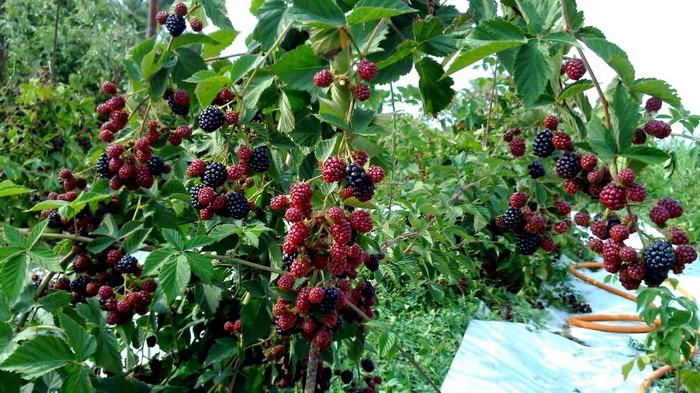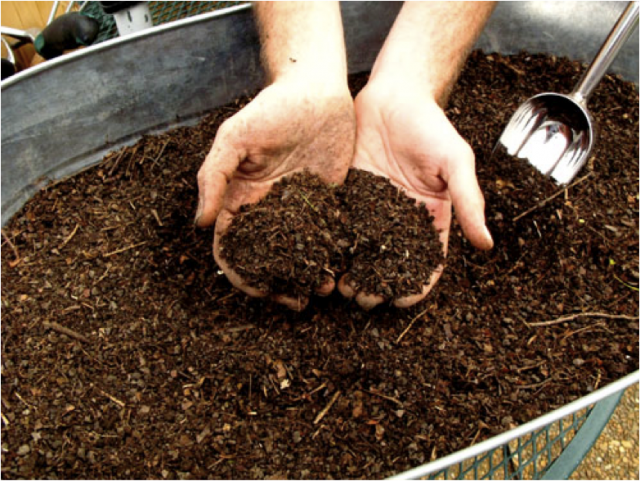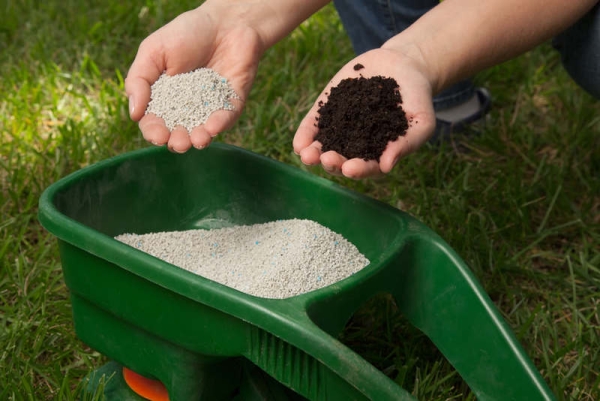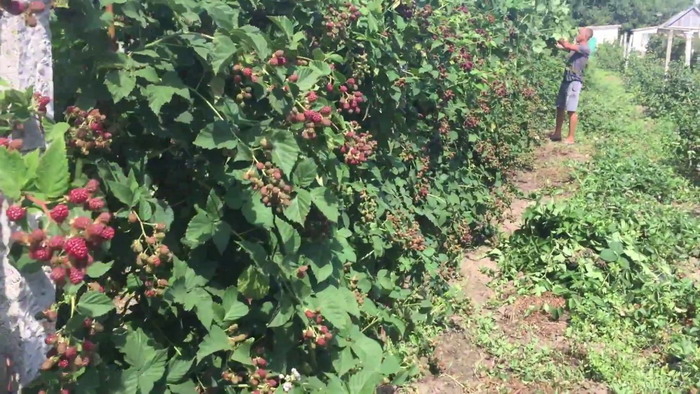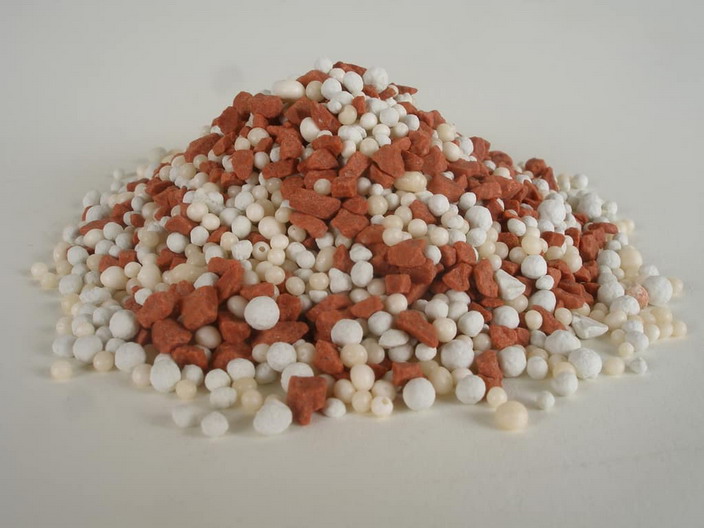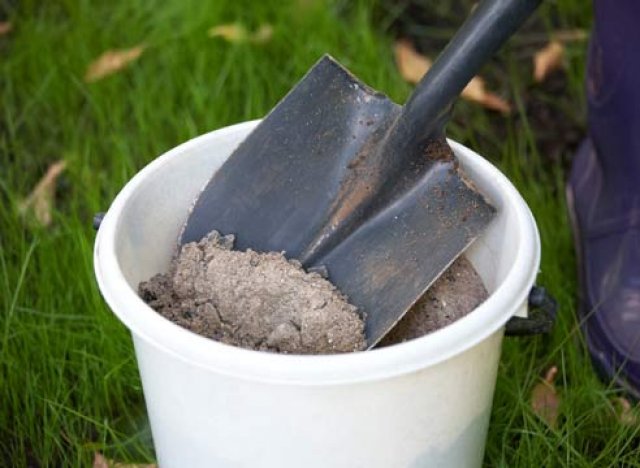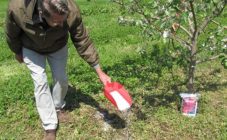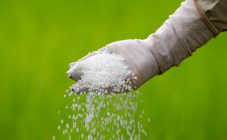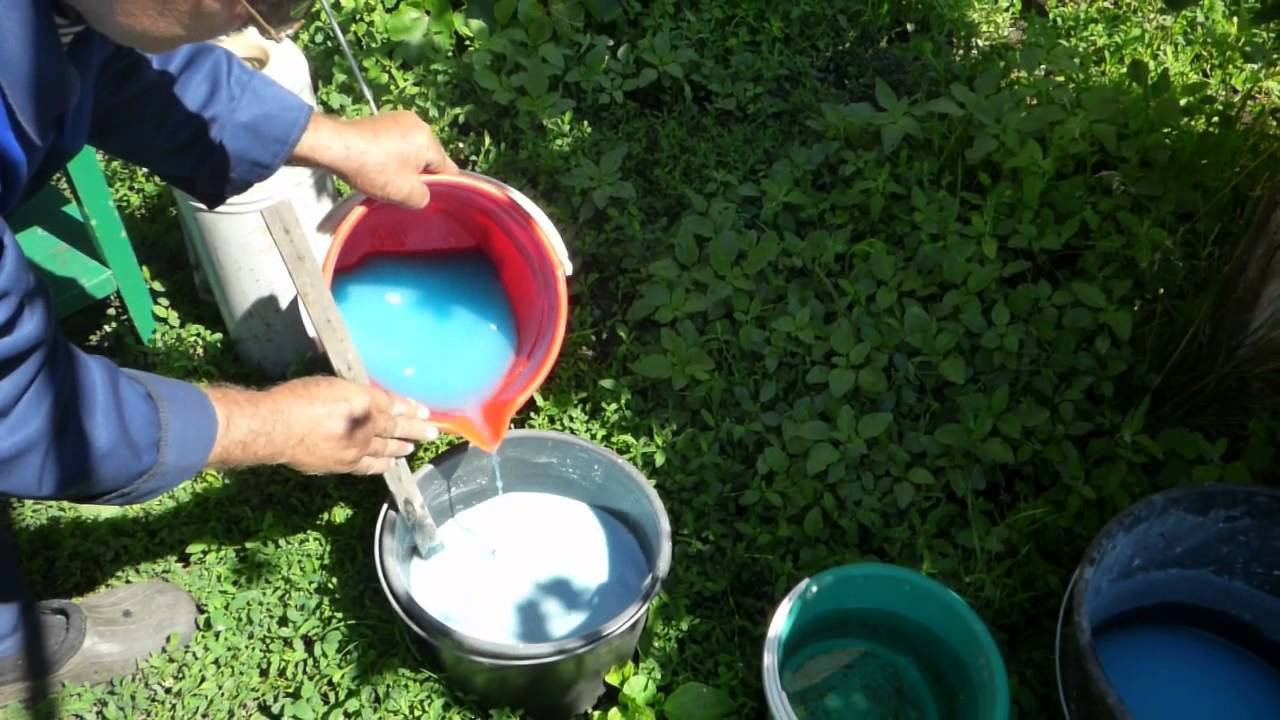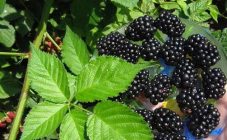Content:
In terms of their usefulness and deliciousness, blackberries are quite capable of competing with raspberries. Gardeners have already appreciated the merits of culture and are actively propagating it on their plots. Novice summer residents still have a lot of questions about caring for the berry, and the most urgent of them is: how to feed the blackberry, and when is it better to do it.
Garden blackberry: top dressing in spring for a tasty harvest
Blackberry plantings found in forests give abundant harvests without human intervention. But the garden culture needs careful care, and not the last moment here are feeding blackberries.
Note! The main activities for the nutrition of the culture should be in the spring. This will give the bushes the strength to develop during the growing season, and, therefore, contribute to a good harvest.
Fertilize blackberries with a combination (and alternation) of organic and mineral baits. This approach will enrich the soil and strengthen the immunity of plants. The careful care of a home farmer will make the berry larger, juicy and transportable.
It is recommended to feed the culture as soon as the snow melts. Southerners carry out these works in mid-March, northerners - a month later. If the spring planting of seedlings was carried out, then fertilization under the bush is applied 2-3 weeks after this procedure.
The main feeding of blackberries in the spring is carried out with nitrogen organic matter (chicken droppings, slurry of manure, urea), with the introduction of a kilogram per square meter of plantation. In addition, potassium sulfate is introduced into the ground in small quantities.
Important recommendations
When feeding a berry, you should not be zealous with the amount of nitrogen fertilizers for blackberries. An excess will provoke the development of gray rot and reduce the resistance of plants to winter frosts. Everything should be in moderation.
Note! You should not use organic matter annually - it is better to alternate it every season with mineral water. This diversity will have a positive effect on the development of the bushes and on the formation of berries.
Fertilize with liquid formulations with care, trying not to get on the leaves (this can provoke burns). The root system should also be protected. Therefore, 40 centimeters recede from the base of the bush and grooves are made in a circle into which liquid fertilizer is poured.
Technology selection
In order for the blackberry to have enough strength for growth and fruiting, the culture must receive the following chemical components from the soil: N, B, K, Ca, Mg, Cu, P, Zn. They are present in organic matter introduced into the soil, as well as in mulch (peat, humus, compost) that covers the root zone of plants. As for the mineral fertilizer, Ideal, Rostkontsentrat, Nitrofoska are considered the most acceptable for blackberries.
For lush flowering and getting a good harvest, not quite fertile soil is fed with such a composition, introduced under each bush:
- 6 g of humus;
- 25 g potash fertilizer;
- 40 g (no more) ammonium nitrate;
- 100 g superphosphate.
This composition is applied during the first loosening of the bushes in early spring. Humus, included in this list, perfectly retains moisture at the roots, creating comfortable conditions for development.Introduced 1 time in 3 years, it is enough to provide the plant with adequate nutrition.
If only a berry plant is planned, then the soil should be fertilized while digging a site for planting seedlings. In addition, an experienced gardener feeds the plants in May, adding a solution of sodium humate under the bushes.
Important! Do not ignore the aisles - mulching this zone effectively affects the yield.
Therefore, it is recommended to scatter peat or manure on both sides of the berry line. On top of organic matter, it is advisable to decompose also grass straw, dry sawdust or mushroom compost. But the mulching of the row spacings is carried out before the lateral suckers appear.
Fertilizers on farm plots
Farmers engaged in industrial cultivation of blackberries plant the bushes tightly. Therefore, the nutrition of plants must be enhanced.
In this case, feeding is carried out according to the following scheme:
- in the first year - spring spraying with a solution containing nitrogen, potassium oxide and boron; a month later, a complex mineral water is introduced into the soil;
- the next year in spring the same NPK complex is used; as the shoots grow, the bushes are sprayed;
- at the flowering phase, one more top dressing is done into the soil, and 2 weeks after it, liquid spraying is carried out.
This ends the spring feeding, but farmers use fertilizers before the fruits ripen and resume feeding in preparation for winter.
Fertilizers mineral and organic
For novice gardeners, it will be easier to care for the plantation, knowing how to feed the blackberries in the spring. The procedure is carried out before the flowering of the bushes, otherwise the plants weakened during the winter will not have enough strength for subsequent ovaries.
Fertilizing with mineral fertilizers
Fertilize blackberries with the same compounds as raspberries, so it will be easy for an inexperienced summer resident to take care of the plantation. "Aces" of horticulture prefer to use potassium salt and urea as mineral water. It is better for beginner farmers to use universal complexes for now, where the package contains detailed instructions for breeding the composition.
Organic fertilizers
It is not worth feeding the blackberry with fresh organic matter - manure (cow, horse) or droppings should be slightly damped. Dry fertilizer can be scattered in the fall over the area where a berry plant is planned in spring. But to fertilize the land around the already planted bushes is better with a diluted composition, pouring pre-manure with hot water and giving it time to brew.
How to feed properly
When feeding plants, the amount of fertilizer is taken from the calculation of the planting density and the expected yield. It was already mentioned above about the need to create grooves around the bushes for watering and feeding. You should not ignore this advice - the effectiveness of this method of feeding has been verified by experience.
Note! Nitrogen fertilizers in spring nutrition are necessary to increase the number of new shoots on the bush. In the future, in summer and autumn, such top dressing is excluded, otherwise the plant will begin to gain green mass due to a decrease in yield
Without waiting for flowering to come, phosphates are also added under the bushes - they will affect the quality of future fruits. But there should be little potash fertilizers at this stage of culture development. This composition will be needed when the main flowering and fruit setting begins.
Professional tips for growing blackberries
Caring for blackberries should not be limited to feeding. All stages of cultural development require a special approach.
You need to start with the first steps - choosing a site in the garden:
- it should be a sufficiently lit place with light soils;
- for the comfortable development of the berry, the planting scheme is also important, which depends on the grade:
- creeping kumaniks are located at a distance of 1.5-2 m;
- erect dews - at intervals of 2-2.5 m.
- for the convenience of caring for the blackberry, it is recommended to equip the trellises in the spring, without waiting for the branches loaded with fruits to begin to fall;
- as soon as the first young growth appeared, the plants are watered abundantly;
- soil mulching will help preserve moisture, it also makes the soil looser; this procedure is carried out before planting the seedlings, laying mulch from straw or sawdust on the bottom of the trench, which will provide a good microclimate for the root system;
- fertilizers used for feeding should be changed annually;
- although blackberry varieties are resistant to diseases and pests, it is recommended to treat them before flowering with fungicides, protecting the plantation from the invasion of pests and the development of fungal diseases;
- to increase the yield, it is important to pinch the blackberry bush, i.e. cut the tops of fruit-bearing shoots;
- spring pruning (in April) is also used to form a berry plant in order to remove excess growth; no more than 8 new shoots should remain on the bush; the rest are cut when they reach a height of 10 cm;
- in the fall, the shoots on the bush are cut off to prepare the plant for winter; only broken, diseased and dried stems are removed;
- the remaining shoots are bent to the ground and covered with spruce branches or dry sawdust.
If the soil is well fertilized and careful care was taken throughout the growing season, the berry plantation will respond to the sensitivity of gardeners with a high yield of large, tasty, aromatic fruits.
